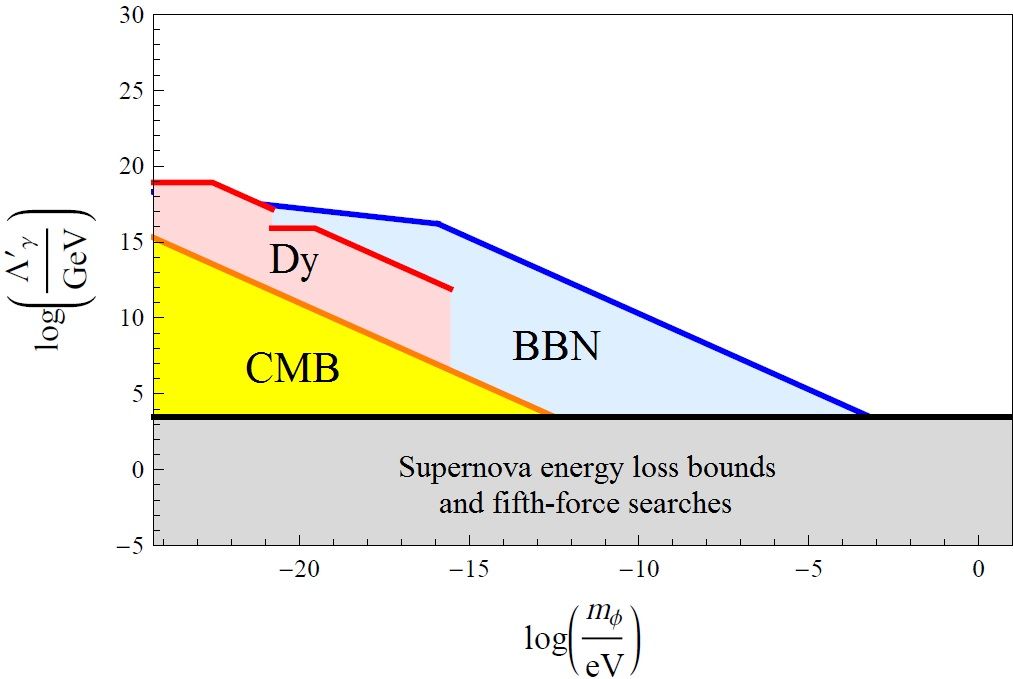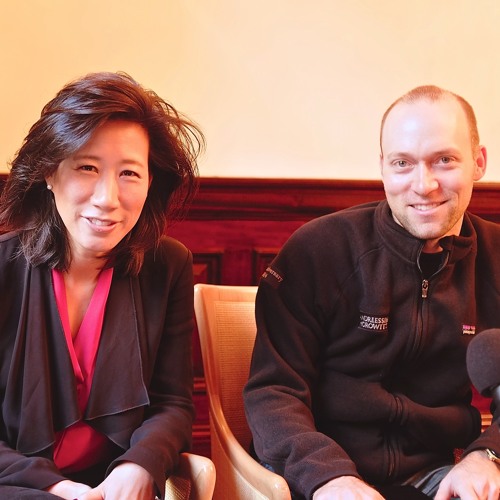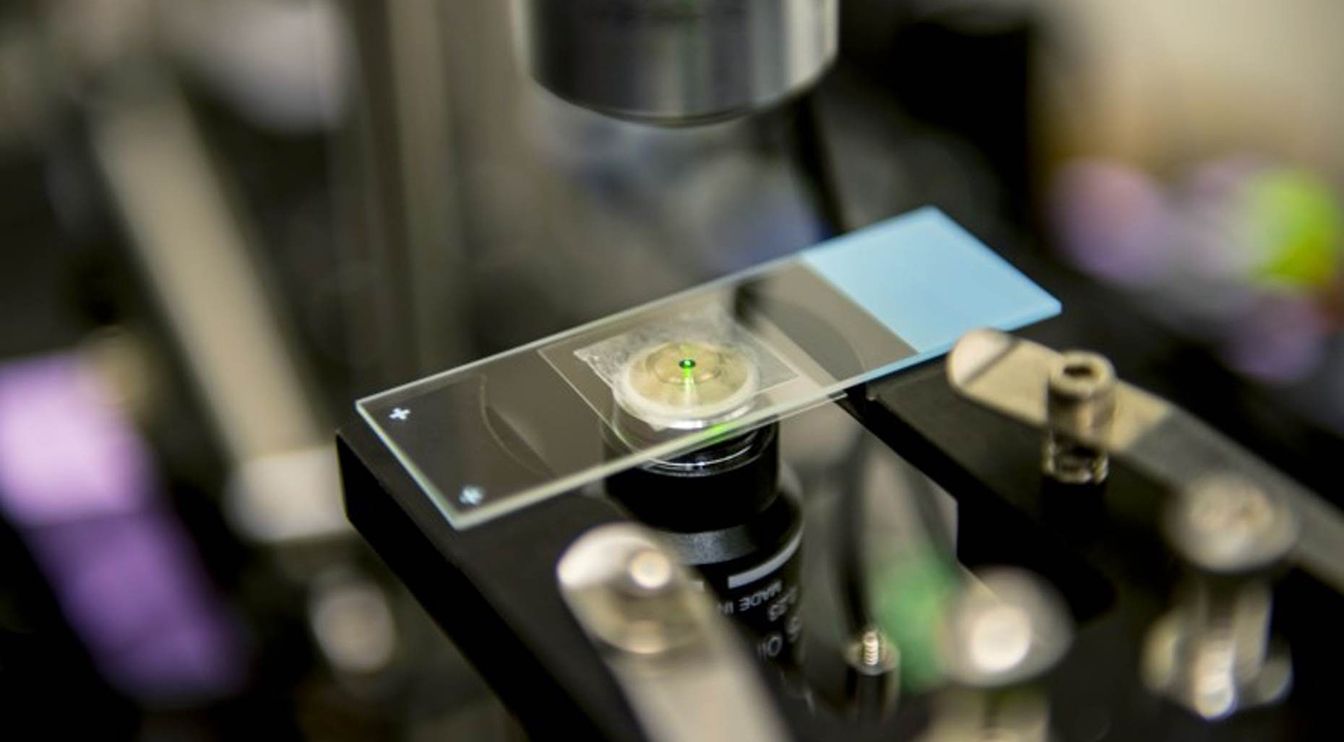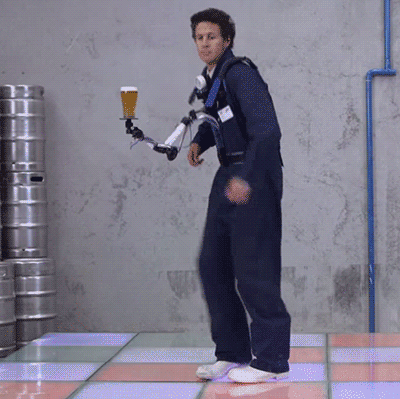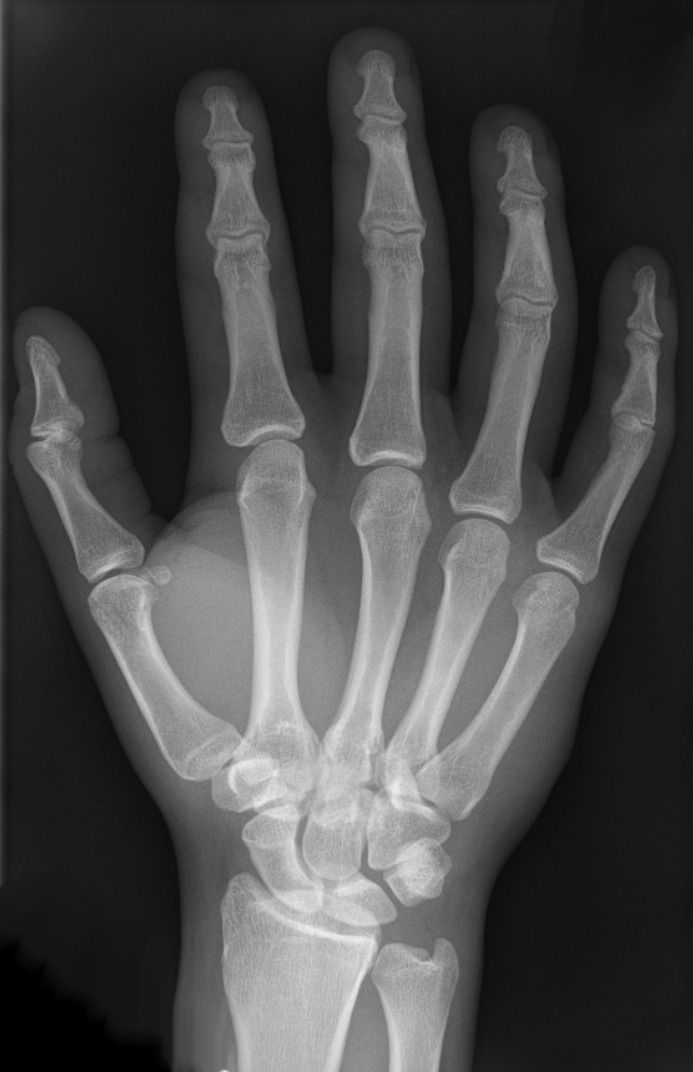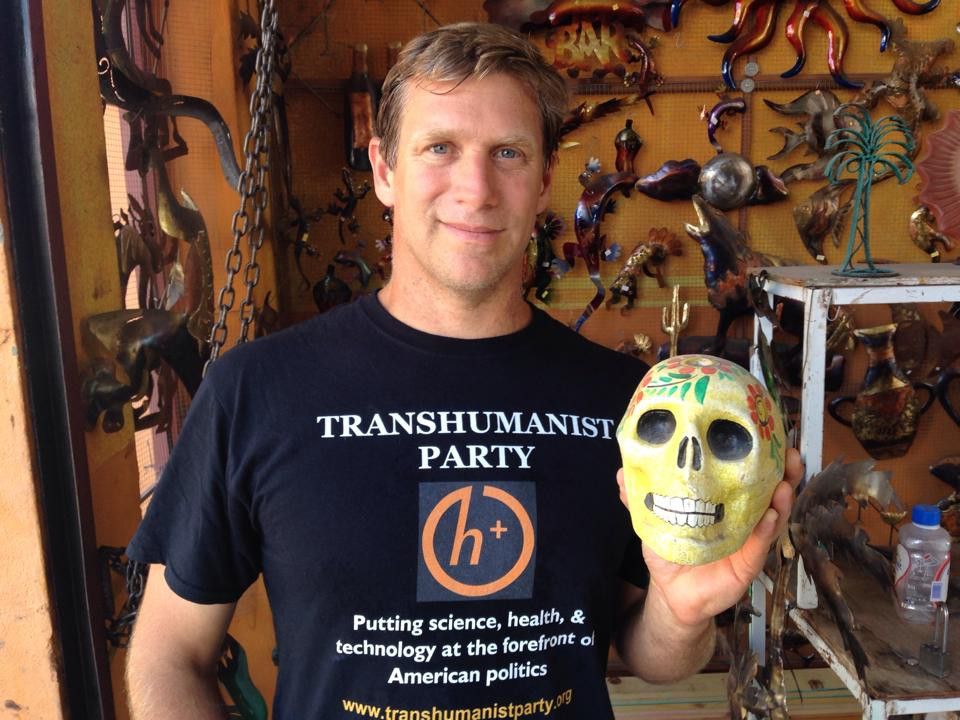On the largest scales, it’s responsible for driving galaxies and clusters of galaxies apart. But could it affect us in a way we could measure at home?
(Phys.org)—The fundamental constants of nature—such as the speed of light, Planck’s constant, and Newton’s gravitational constant—are thought to be constant in time, as their name suggests. But scientists have questioned this assumption as far back as 1937, when Paul Dirac hypothesized that Newton’s gravitational constant might decrease over time.
Now in a new paper published in Physical Review Letters, Yevgeny V. Stadnik and Victor V. Flambaum at the University of New South Wales in Sydney, Australia, have theoretically shown that dark matter can cause the fundamental constants of nature to slowly evolve as well as oscillate due to oscillations in the dark matter field. This idea requires that the weakly interacting dark matter particles be able to interact a small amount with standard model particles, which the scientists show is possible.
In their paper, the scientists considered a model in which dark matter is made of weakly interacting, low-mass particles. In the early Universe, according to the model, large numbers of such dark matter particles formed an oscillating field. Because these particles interact so weakly with standard model particles, they could have survived for billions of years and still exist today, forming what we know as dark matter.
Laser cooling isn’t a new idea, but this is the first time it’s actually worked in real-world conditions.
Crazy new Tail lights
Posted in futurism
New Tail lights from Audi.
What do you think of these new Tail lights from Audi? Will they become the next big thing?
University of Washington engineers have developed a novel technology that uses a Wi-Fi router—a source of ubiquitous but untapped energy in indoor environments—to power devices.
The Power Over Wi-Fi (PoWiFi) system is one of the most innovative and game-changing technologies of the year, according to Popular Science, which included it in the magazine’s annual “Best of What’s New” awards announced Wednesday.
The technology attracted attention earlier this year when researchers published an online paper showing how they harvested energy from Wi-Fi signals to power a simple temperature sensor, a low-resolution grayscale camera and a charger for a Jawbone activity tracking bracelet.
Interesting Robotics/AI Animation
Posted in robotics/AI
Bone loss and frailty greatly diminish quality of life as we get older, and learning how to regrow bone across the body is a key rejuvenation target.
Stem cells are difficult to work with
We can now produce induced pluripotent stem cells from adult tissue, but differentiating them into a specific tissue is a major challenge. We’re still working on finding the exact chemical cues that create each specific cell type, and stem cells are highly sensitive. There has been progress in many areas, but we still have a way to go.
“French members of parliament (MPs) have voted to give the government extra powers to block online communications when the country is under a “state of emergency.””
A new article on my campaign with a provocative headline, but most of the story is nice. I’ll be speaking in Florida on Saturday as part of the Immortality Bus tour. We visited Alabama’s largest megachurch yesterday:
His name sounds funny to Americans, but presidential candidate Zoltan Istvan says it’s totally normal in Hungary, from where his parents hail. Istvan himself was born in Los Angeles and worked for National Geographic for years — a job that led him to explore science, particularly the concept of transhumanism, which posits that people will merge with technology.
Today, Istvan continues to write for Vice, Psychology Today, Gizmod o, and more — when he’s not campaigning across the country and promoting the Transhumanist Party platform, which promises better lives — and hopefully immortality — through science. Istvan will speak this Saturday at the Church of Perpetual Life in Hollywood, which promotes the same ideals and which New Times featured in a cover story earlier this year.
Istvan says that as a journalist, he used to cover nature, until “we were in Vietnam and I had a very close call with a land mine. I thought, ‘Why don’t I write less about nature and the environment and more about science, medicine, and future uses of science to conquer death?’” After leaving Nat Geo circa 2004, when he was about 28, to take care of his ailing father, he says he made some money in real estate and in 2013, “I wrote a novel called The Transhumanist Wage r, which launched my career as a futurist.”

